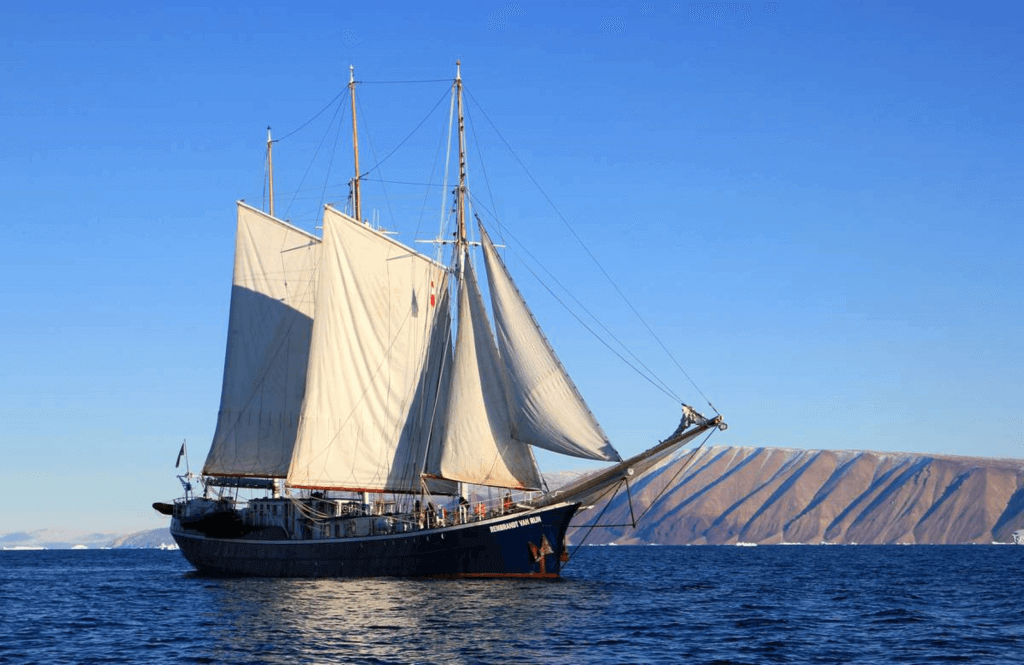Amerigo Vespucci Day
Amerigo Vespucci Day is observed next on Monday, March 9th, 2026 (165 days from today).

Amerigo Vespucci (March 9, 1454 - February 22, 1512), he was known an Italian explorer and cartographer. In the early 16th century, he showed that the New World was not part of Asia but, in fact, a separate region of it. The Americas get their name from the Latin form "Amerigo". In honor of Amerigo Vespucci, Amerigo Vespucci Day is Amerigo Vespucci Day designated by Governor Nelson A. Rockefeller to be celebrated on Amerigo Vespucci's birthday on March 9 every year.
Amerigo Vespucci was born on March 9, 1454, into a distinguished family in Florence, Italy. As a young man, he read a lot and collected books and maps. He eventually began working for local bankers and was sent to Spain in 1492 to look after his master's business interests.
While in Spain, Vespucci had the opportunity to meet Christopher Columbus, who had just returned from a trip to the Americas. The meeting raised Vespucci's interest in making a transatlantic voyage. He soon began working on ships, and he made his first expedition in 1497. Spanish ships sailed through the West Indies, to South America, and back to Spain in next year. In 1499, Vespucci made a second voyage, this time as an official navigator. The expedition reached the mouth of the Amazon River and explored the coast of South America. By observing the conjunction of the Moon and Mars, Vespucci was able to calculate how far west he had gone.
On his third voyage in 1501, under the Portuguese flag, Vespucci sailed. After leaving Lisbon, Vespucci spent 64 days to cross the Atlantic Ocean due to light winds. His ship followed the South American coast within 400 miles of the southern tip, Tierra del Fuego. En route, the Portuguese sailors in charge of the voyage offered Vespucci the position of commander.
While making this expedition, Vespucci wrote two letters to a friend in Europe. He described his travels and was the first to define the New World of North and South America as a land separate from Asia. (Christopher Columbus mistakenly thought he had arrived in Asia.) In a letter, dated March (or April) 1503, Vespucci describes the diversity of life on the new continent:
We know that land is a continent, not an island, from the long stretches of undisturbed beaches, the multitude of inhabitants, the multitude of tribes and peoples, and the multitude of wild animals. Wild is unknown in our country, and many other places have not been seen by us before, to the touch that would take a long time to refer to.
In his writings, Vespucci also describes the culture of the indigenous people, focusing on their diet, religion and - what made these letters so popular - sexual customs, their marriage and childbearing. The letters were published in many languages and distributed throughout Europe (they outsold the diaries of Columbus himself). Vespucci's descriptions of the natives are vivid and straightforward. Vespucci also describes the richness of the land and suggests that the area could be easily mined for precious raw materials, including gold and pearls.
Scholars are uncertain whether Vespucci took part in the fourth voyage to the Americas in 1503. If he did, there is very little documentation of it, and we can assume that the expedition was unsuccessful. However, Vespucci assisted in planning other trips to the New World.
Settlements in Mexico, the West Indies, and South America were the result of the accelerated colonization of the European locusts in the area in the years following Vespucci's voyages. The work of the Italian explorer played an important role in helping colonists navigate the territory.
Waldseemüller printed a block map of wood (called "Carta Mariana") with the name "America" spanning the southern continent of the New World to honor of Vespucci's discovery of this part of the world. Waldseemüller has sold 1,000 maps across Europe.
Within a few years, Waldseemüller had changed his mind about the name of the New World - but it was too late. The name America has stuck. Gerardus Mercator's 1538 map of the world was the first to include North and South America.
Observing Amerigo Vespucci Day
To organize observations of Amerigo Vespucci Day, give your gratitude to the explorer Vespucci. Learn and improve your understanding of the world's continents. Share your insights with the hashtag #AmerigoVespucciDay.
Observed
Amerigo Vespucci Day has been observed annually on March 9th.Dates
Saturday, March 9th, 2024
Sunday, March 9th, 2025
Monday, March 9th, 2026
Tuesday, March 9th, 2027
Thursday, March 9th, 2028


